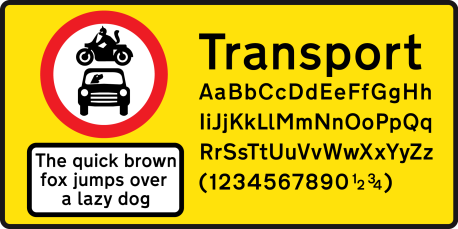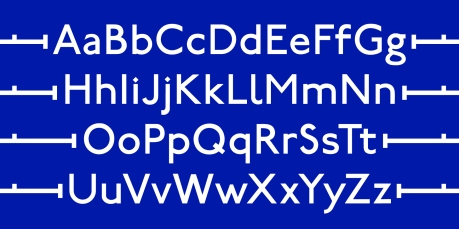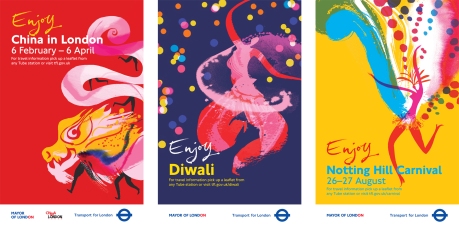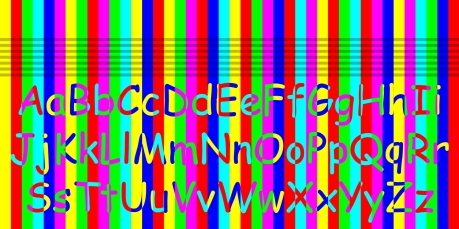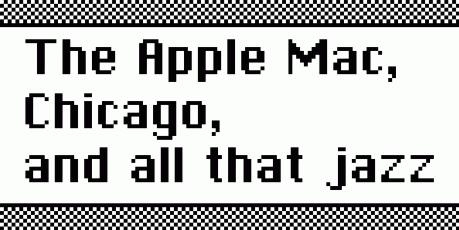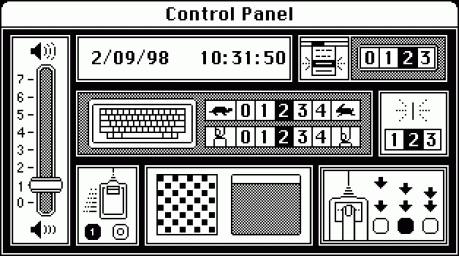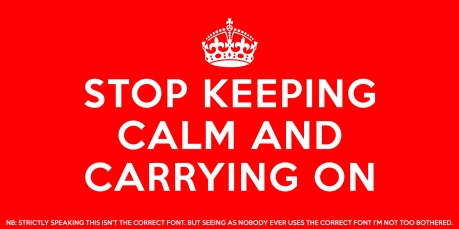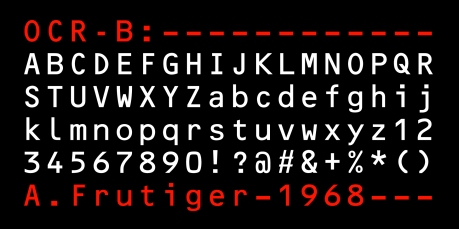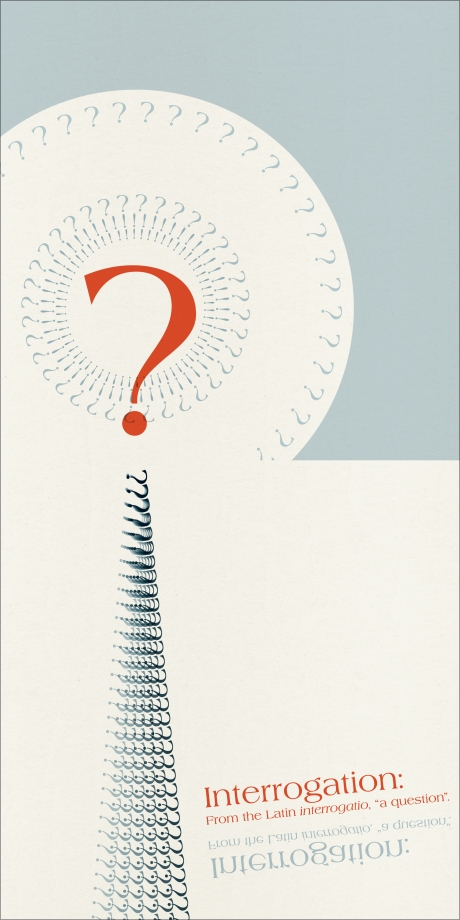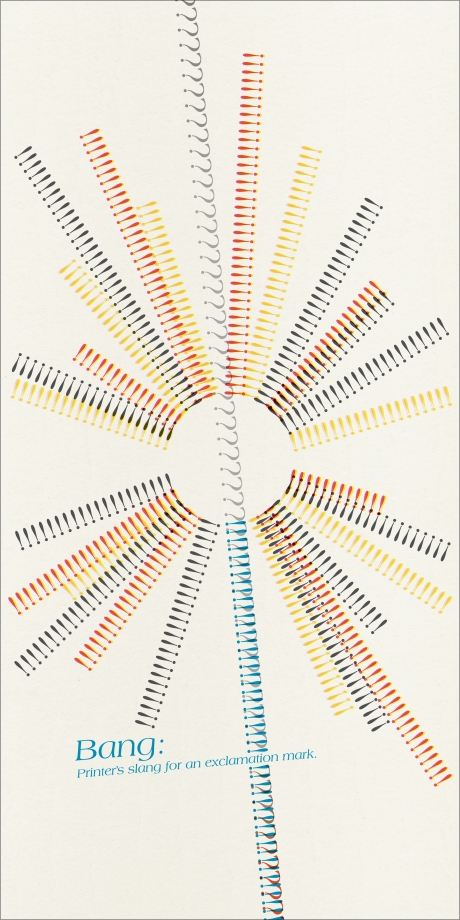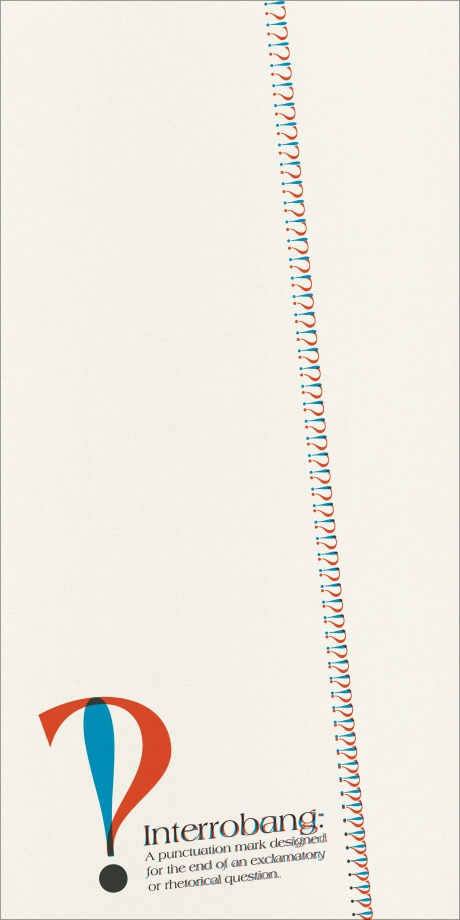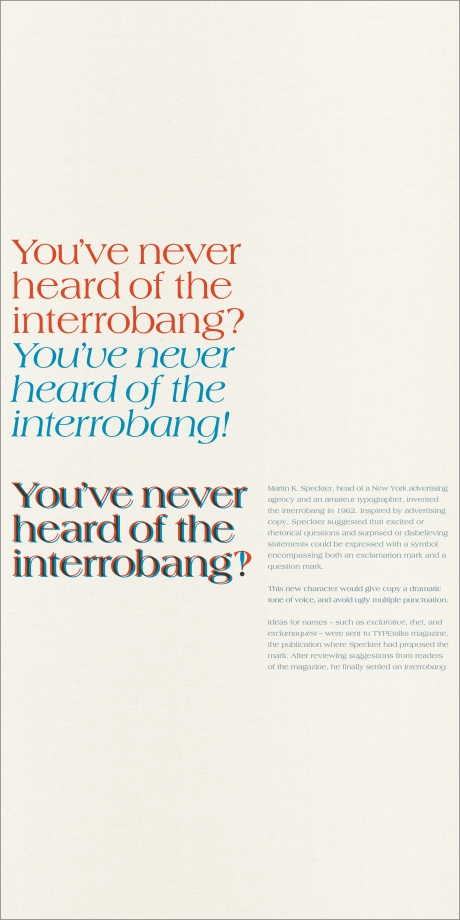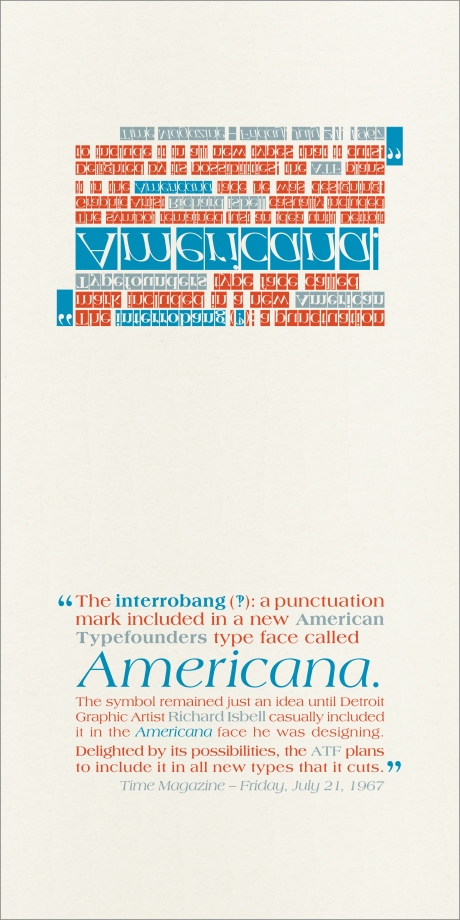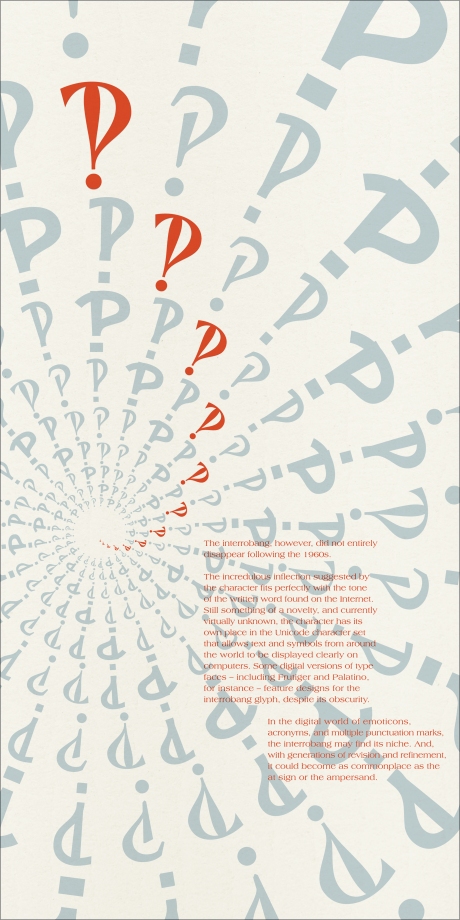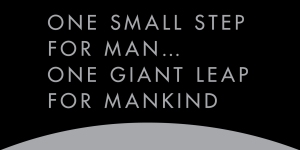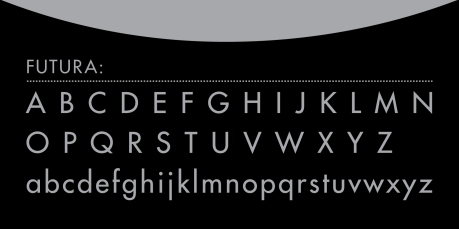All civilisations rise and fall. Think of a group of people, plonk an “ancient” in front of it, and there you go – a fallen civilisation. One day, when our civilisation has fallen, relics from our own time will sit alongside ancient Egyptian hieroglyphics, ancient Roman engraved plynths and ancient Sumerian clay tablets. Historians of the future will stroke their holographic beards, adjust the lapels of their cybertweed jackets, peer over their robo-glasses, and hypothesise why the peoples of the early 21st century drank from mugs adorned with sacred curly mustaches, made graven GIF images of cats playing pianos, and recited mantras from tea towels such as “Keep Calm And Eat Cupcakes”.
To date, the closest our civilisation – and indeed all human life – came to ending was in October 1962 during The Cuban Missile crisis. The USA and the USSR’s respective big red nuclear buttons were nearly pressed by their respective big red nuclear fingers, and the world came close to seeing the opening shots of World War 3. Eventually diplomacy, rather than nuclear apocalypse, won, and less than a year later, in August 1963, a telegraph machine deep within the Kremlin clattered into life – the first message to be sent through the new hotline from the Pentagon was arriving, a vital diplomatic line of communication that was established to try to avoid future potentially civilisation-ending atomic stand offs. As the Russian translators took this first message and carefully interpreted it, they must have looked at each other in confusion. Was this a code? A threat? A warning? A Nostradamus-style foretelling of worldwide cataclysm? The apparently nonsensical message read “THE QUICK BROWN FOX JUMPED OVER THE LAZY DOG’S BACK.”
Of course, thankfully, that first message didn’t start all-out nuclear war. It was simply a pangram to test the telegraph equipment; a phrase made up of every character in a language’s alphabet. Since the mid 1880s “The quick brown fox jumps over the lazy dog” (or a variation thereof) had become known as a neat way to write every letter in the English alphabet, and by the time the USA-USSR hotline was tested it was common to use it as a way of testing communications equipment. While today in the early 21st Century it is less commonly used for testing communications equipment, the boom in desktop publishing and the place of computers in the graphic design industry means that “The quick brown fox…” is instead used to test how the characters of a font look. An ordered alphabet shows the appearance of individual letters, but doesn’t give an indication of how whole words will look – a pangram, like “The quick brown fox…” gives more of an indication of how copy will read. Therefore, when looking through menus of fonts, it’s possible that a graphic designer will see the sentence repeated hundreds of times every day.
With this in mind I thought it would be fun to create an expressive piece of lettering that spelled out “the quick brown fox jumps over the lazy dogs”, while also showing it happening. Also, I love foxes, and who doesn’t love tiny happily sleeping puppies?
While mulling it over I started a few idle doodles at my desk:


These very quick, loose sketches suggested the idea had legs – cartoon sleeping dogs could passingly resemble letters. After deciding to get rid of the spots on the sides of the dogs, and emphasise the dogs’ happy sleepy smiles, the next step was to sketch out a full alphabet.
After producing around 3 or 4 A3 pages of sketches, I drew in propelling pencil (my drawing tool of choice) the full a to z, along with a cartoon jumping fox, and inked them with a fine black pigment liner:


Next, I scanned the alphabet into Adobe Photoshop, removed the lines, and laid out the full phrase (against a yellow background, as it increases legibility at this first layout stage):

Once I was happy with the overall layout, I cleaned up any inking errors and adjusted strokes which were too thin or thick. I then imported the black and white image into Adobe Illustrator to create a smoother, cleaner vector version of the image. Vector image files use points, curves and angles, and can be scaled to any size and retain their smooth lines, unlike raster image files (such as JPGs) which use pixels and are limited by resolution. At this stage I also started adding test colours to the image:

Finally, I exported the file back into Photoshop to add brush effects, shading and a light texture to the characters, and adjusted the colours of the overall piece. The brush effects and textures help the lettering’s legibility, as it increases the colour contrasts through the forms of the dogs, and helps emphasise the hand-drawn effect:

Until Friday 11th April 2014 you can vote for this piece of lettering in the ‘Dogs’ challenge on Threadless – if you’ve enjoyed this post and the finished piece (and, to be honest, even if you haven’t), I’d be very grateful if you visit my Threadless page and score it 5 out of 5.
I’ll also be looking into printing a limited edition run for framing and hanging – please do get in touch via the form below if you’re interested!


